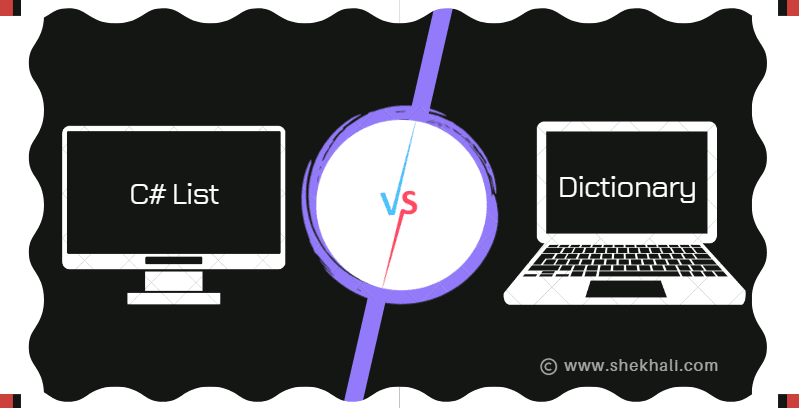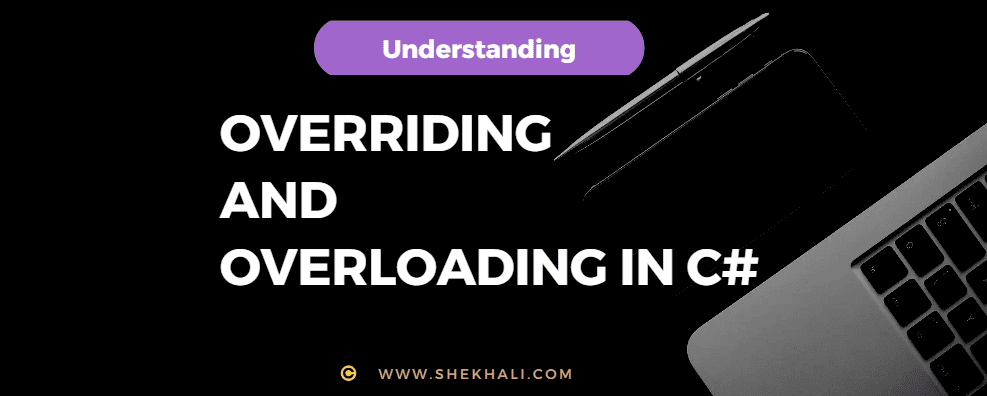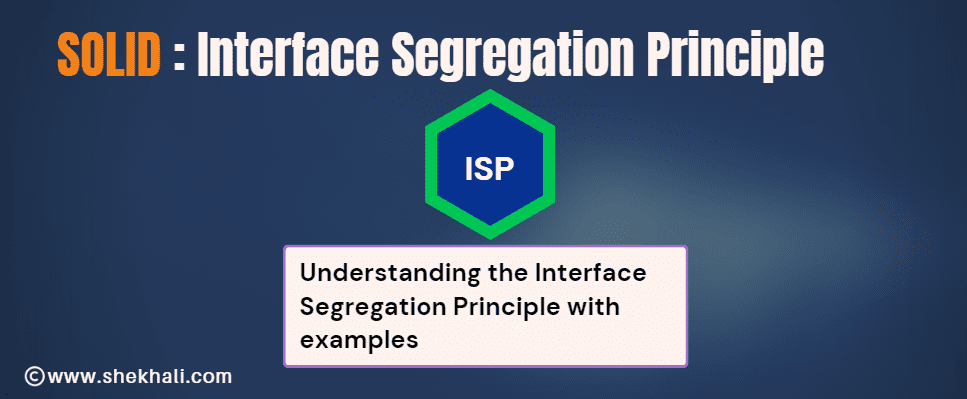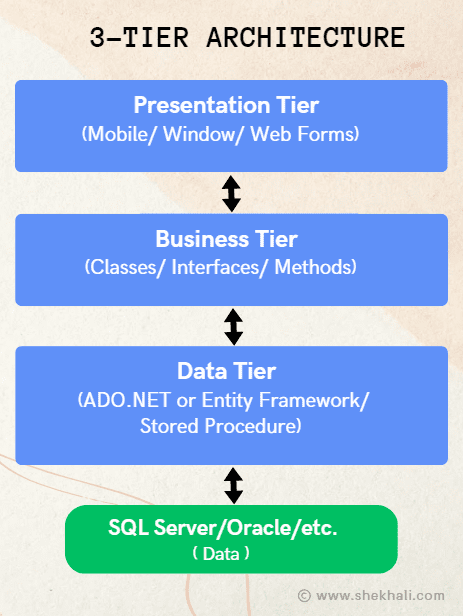Introduction
In this article, we’ll explore how to create a simple C# Program to Print Multiplication Table of a Given Number. This program is helpful for both beginners and professionals.
In this article, we’ll explore how to create a simple C# Program to Print Multiplication Table of a Given Number. This program is helpful for both beginners and professionals.
Palindrome – What’s That?
A palindrome is a sequence of characters that reads the same forward and backwards. In the context of numbers, A palindrome number is the same number when reversed.
In this article, we’ll learn how to write a Palindrome program in C#.
Swapping two numbers is a fundamental task in programming, and in this article, we will write a C# Program to Swap Two Numbers in various ways.
In this article, we’ll explore how to write a C# program to check if a Given Number is Even or Odd.
In this article, we’ll discuss how to count vowels and consonants in a string in the C# program.
Let’s start with a simple C# program that count vowels and consonants in a string. Below is the complete code, and we’ll break it down step by step.
Before diving into the code, let’s grasp the concept of special characters. Special characters are those that fall outside the realm of alphanumeric characters.
They include symbols like '@', '#', '$', '%', and more. The goal is to create a C# program that efficiently removes these special characters from a given string and allowed characters are A-Z (uppercase or lowercase) and numbers (0-9).
Understanding the Problem:
Before we start writing code, it’s crucial to understand the problem at hand.
We want to create a C# program that takes a string as input and produces a count of each unique character in that string.
In this article, we’ll learn how to remove duplicate characters from a String in C# using multiple examples.
In this article, we will take a deep dive into HashSet in C# with real world examples and clear explanations along the way.

When it comes to working with collections in C#, you’ll often find yourself deciding between using a List or a Dictionary, as both serve for storing and managing data and belong to System.Collection.Generics namespace.
In this article, we’ll discuss List vs Dictionary in C# with Examples and will understand when to use each and why.

Overriding and Overloading the two important concepts of Polymorphism.
Overloading in C# is known as Static Polymorphism or Compile time Polymorphism. In Overloading we can create methods with the same name but different parameters within the same class.
On the other hand, Overriding is known as dynamic Polymorphism or Runtime Polymorphism which allows us to provide different implementation of a method in Inherited Classes.
In this article, we will learn the differences between overriding and overloading in C# with practical code examples.

CTE in SQL simplifies complex queries to make code more readable and provides a structured way to work with temporary result sets.
In this article, we will explore what CTE is, its syntax, examples, why we need it, its types, advantages, and disadvantages of Common Table Expression (CTE), and how to use it in SQL Server.

In this article, we will explore the Static vs Singleton in C# with code examples and detailed explanations.

In this article, we’ll learn the Dependency Inversion Principle in C# with code examples. We will explore its significance, benefits, and implementation using real-world examples.

In this article, we will learn about the C# Interface Segregation Principle (ISP), which states that a class should not forced to implement Interface methods they don’t use.
It promotes the creation of focused, smaller, and modular interfaces to prevent clients from implementing methods they don’t need.
We will learn its significance and how it can be applied using C# code examples.

In this article, we will learn the C# Liskov Substitution Principle and understand implementation to build scalable and easier to maintain software applications.

The concepts of Covariance and Contravariance in C# might initially sound complex, but fear not! By the end of this article, you’ll have a crystal-clear understanding of how they work and how to leverage them in your C# programming.
“Covariance and Contravariance are terms used in programming languages to describe how subtypes relate to their base types. Covariance is when a derived type can be used where a base type is expected. On the other hand, Contravariance is when a base type can be used where a derived type is expected.“
Covariance and contravariance deal with how type conversions are allowed between reference types in C#. These concepts come into play when working with arrays, delegates, and interfaces.

Here, we have a list of 50 + commonly asked JavaScript interview questions, simplified answers, and code examples. It will help you prepare for your interview. Let’s get started:

In software development, designing modular and maintainable applications is very important. This is where architectural patterns come into play. One such popular pattern is the 3-Tier Architecture, which provides a structured approach to organizing code in separate layers.
